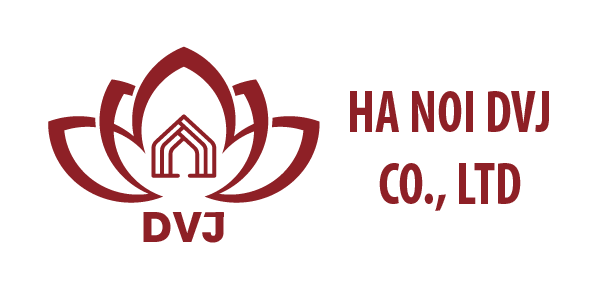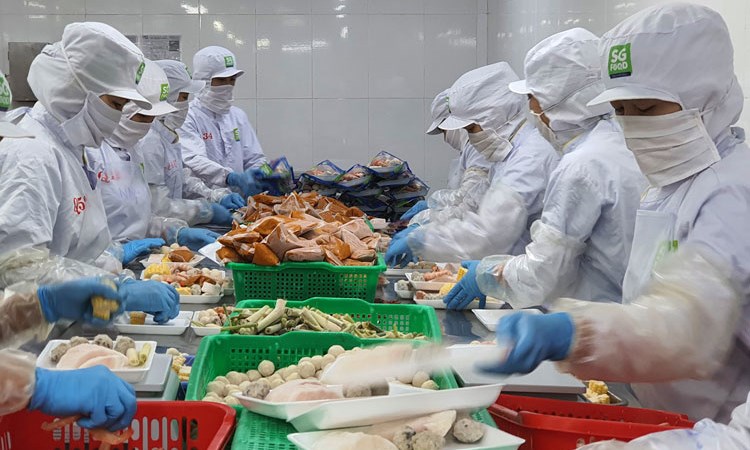Due to the influence of Covid-19, import and export activities have faced many difficulties, the supply chain is broken, trade flows are disrupted … Therefore, the opportunity to export goods to countries, especially the Japanese market, is considered as one of the solutions for enterprises today.
More opportunities
At the end of June 2020, Vietnam’s lychee batches were on the shelves of 250 general department stores, supermarkets and Aeon Style stores in Japan as an optimistic signal for Vietnam’s exports during this period. It is estimated that in the 2020 season, about 200 tons of fresh lychees are exported to the Japanese market by air and sea.
Currently, Japan is the third largest import and export market of Vietnam. Data from the General Department of Customs showed that in the first 5 months of 2020, despite the Covid-19 epidemic, vietnam-Japan bilateral trade turnover still reached USD 15.6 billion, up 2.2% over the same period in 2019. In particular, Vietnam’s exports to Japan reached USD 7.83 billion, importing USD 7.77 billion.
Sharing at the seminar on export product orientation on July 22, 2020, Director of Ho Chi Minh City Trade and Investment Promotion Center. Ho Chi Minh City (ITPC) Nguyen Huu Tin said that although Vietnam has controlled Covid-19, the epidemic in the world is complicated and unpredictable; therefore, the economy still faces many difficulties and challenges. The supply of raw materials and product outputs of manufacturing sectors, especially the industries with export value accounted for a large proportion, was negatively affected.
However, the “new normal” status is also an opportunity for businesses to refresh themselves, find new directions, suitable for market needs to survive and grow stronger.It can also be seen as a “golden opportunity” for businesses to focus on innovation of equipment and technology at a cheaper cost, while promoting links, domestic supply networks, reducing dependence on foreign countries, improving quality, reducing prices of products and services to take advantage of opportunities to dominate and consolidate market share.
Exporting to The Japanese market through retail channel is considered as one of the “situation solutions” of Vietnamese enterprises. Because, in 2019, the export value of Vietnamese products through Aeon system alone reached 381 million USD, of which 75% is garments.Currently, Basa Fish Vietnam is receiving the support of Japanese consumers, with the total export volume of basa fish to Japan through Aeon in 2019 up to 1,200 tons.
According to Deputy Director General of the Department of Domestic Markets (Ministry of Industry and Trade) Le Thi Viet Nga, Aeon Group is committed to increasing the rate of Vietnamese purchases for sale in their supermarkets in Vietnam and the region. The Group also aims to achieve Vietnam’s export turnover through the system in Japan of USD 500 million in 2020 and USD 1 billion by 2025.
In order to increase exports of Vietnamese goods through supermarket channels, ITPC has collaborated with Japanese importers to implement many solutions to promote and support the business community to develop new supply chains, expand partnerships associated with expanding and diversifying export markets. In particular, how to approach supermarket chains, modern distribution systems both at home and abroad are very interested in businesses.
Standard “doors”
Despite the huge export opportunities, Japan has always been rated as one of the most difficult markets.
Specifically, imported goods have docked in Japan, after being quarantined, plants, food import reports and due diligence process shows that no new problems are transferred through import procedures.
When customs, food or food containers, packaging must be carried out reporting procedures under the Law on Food Hygiene … Particularly with textile products, Vietnamese enterprises must inform importers about materials and ways of textiles so that the customs time is quickly passed.
The import conditions of the Japanese market force Vietnamese enterprises to comply with all regulations at all stages, from farming, production, distribution, sales and delivery. These regulations are decentralized from the mandatory provisions of law to international standards, specialized standards. This is followed by the supermarket’s own standards.
According to experts, bringing goods into Japanese supermarkets in Vietnam has been difficult, putting Vietnamese goods on sale in supermarkets in Japan is even more difficult.With Aeon alone, Ms. Nguyen Thi Duy Xuan – Director of Supplier Management department of Aeon Vietnam said that there are 6 conditions that businesses must ensure if they want to bring goods into Aeon.
Specifically, the product must not have a reputation for quality, have enough certificates in accordance with Vietnam’s regulations, shipping conditions must be in accordance with the requirements of each type of product, the product must trace the origin, control the source of potential pollution of microorganisms, heavy metals … in accordance with Vietnamese regulations. The use of drugs and additives in production must comply with Vietnamese regulations.
Currently, Aeon has many programs and activities to find partners in Vietnam. In August, Aeon Vietnam will coordinate itpc to organize the Vietnam Product Exhibition Week at Aeon and the program of connecting and promoting trade to bring goods into this Japanese supermarket system.
There will be about 25 enterprises in the food, food, agricultural, packaged and processed beverages (such as tea, coffee, spices, confectionery, dried seafood, rice, vegetables, tubers, fruits, etc.) selected as Aeon’s partners. These companies will have the opportunity to boost the export of products to the global Aeon chain through Topvalu brand, thereby helping enterprises expand the market, improve the competitiveness of Vietnamese goods.
Mr. Yuichiro Shiotani – General Director of Aeon Topvalu also noted that Vietnamese enterprises who want to become partners of this unit for the regional market need to meet the standards of order reception, can produce in the form of maternity (OEM), have stable monthly output …
With exports to other markets, in addition to conditions on the ability to receive orders, the orientation of producing branded products for Aeon and OEM, enterprises must also provide financial reports in the last two period, the production scale must be 10 times the expected number of orders , experienced in manufacturing exported products…Not only that, businesses must comply with the regulations on the use of labor, safety and hygiene …



 Tiếng Việt
Tiếng Việt 日本語
日本語
